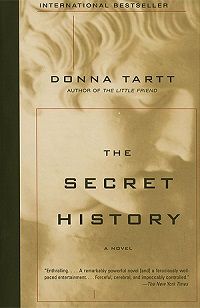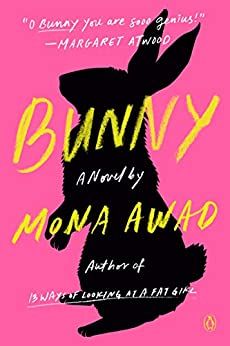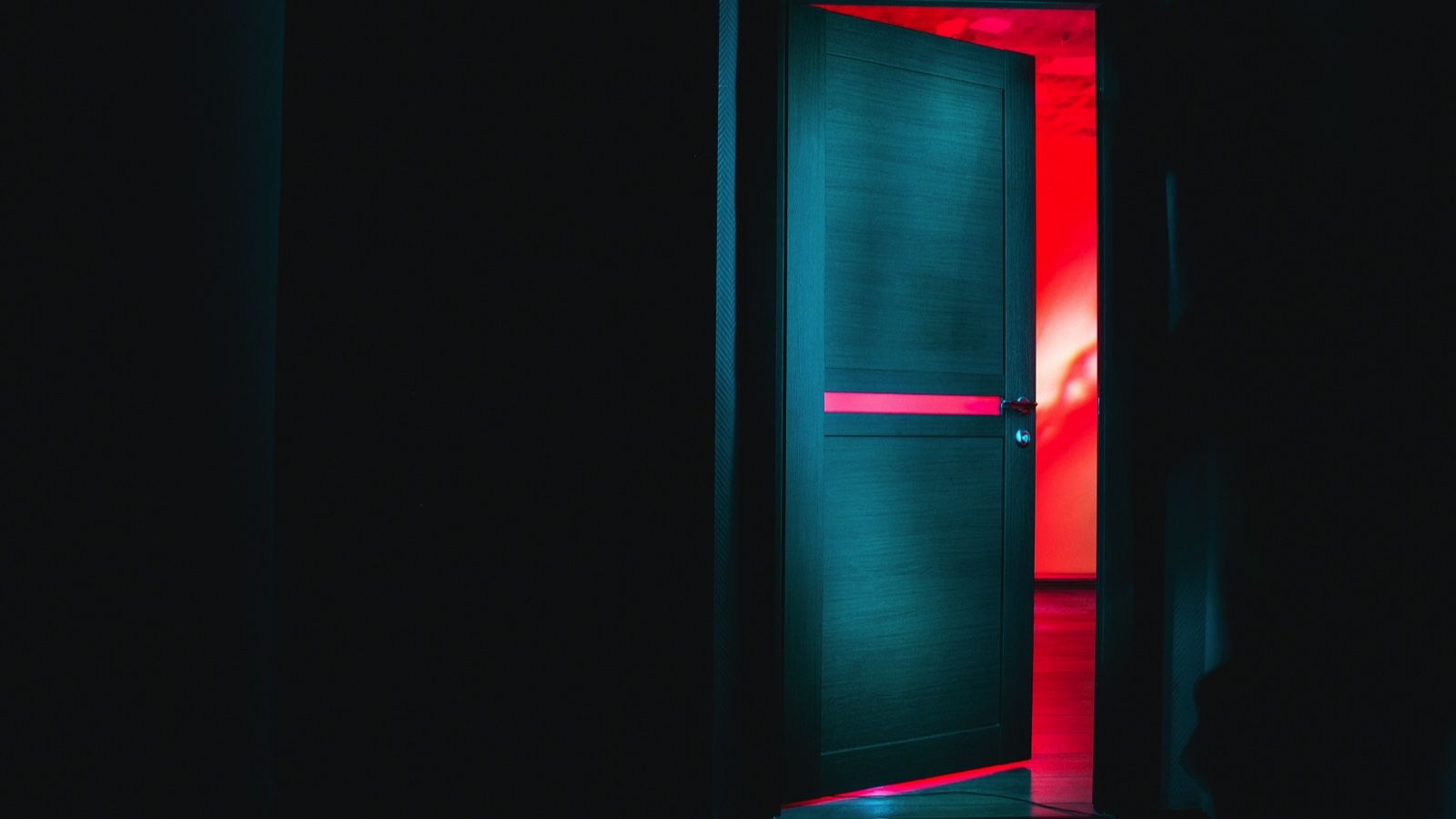I’ve always romanticized education and academia. But I don’t think I quite realized how much until I finally got around to reading The Secret History last year. I swear to you, that book changed my brain chemistry. Something in Donna Tartt’s debut struck a chord. As I read Richard Papen’s perhaps-not-so-wide-eyed, Nick Carraway-esque narration of his friends’ downfall, I was reminded of all the times I’d been made to feel less than — unintentionally or otherwise — in academic environments.
This is not an essay about isolation in academia, far from it. But this bears mentioning: It wasn’t until I recognized how large a role my economic background played in my university experiences on both sides of the desk that I was able to process the loneliness I felt walking those hallowed halls — places that, for better or worse, I still manage to lionize.
In more than a dozen years as a student and instructor, I found only one place that never made me feel alone, and that was the writing workshop. Sitting shoulder to shoulder with other creatives, trying to make sense of this whole “craft” thing, I always felt a sense of kinship. Even if no one enjoyed what I shared, even if I disliked most of what I read that week, we were still in it together, and that meant something.
So you can imagine my surprise when, after reading The Secret History, I started to notice something weird and sinister about the way authors were portraying groups of writers and readers. Certainly, Richard and the rest of Julian Morrow’s students were in a cult; that was the point. But then I noticed Bunny — not the doomed Tartt character, but the novel. Then, Sleepwalking. And We Wish You Luck. And The Stranger Diaries. Doki Doki Literature Club! — which isn’t even a book! — and Plain Bad Heroines.
So what’s with all these literature-related cults in fiction, cabals of writers and readers? Why do we keep coming back to them, time and again?
I’d argue it has hardly anything to do with books at all. They’re just the medium. What this is really about is how we think about our relationship to the written word.
Spoiler Warning: This essay contains spoilers for The Secret History and Bunny.
|
|
Writing Cults in Fiction: The Argument I’m Not Here to Make
I always seem to start essays off with a caveat, but there really is an elephant in the room here: Most of the writing cults I’ve found in fiction center entirely around young women.
Plain Bad Heroines takes place at a school for girls. The named members of Doki Doki Literature Club! are all female students attending the same high school. Bunny and Sleepwalking both deal with cliques of female college students, and the professor at the center of The Stranger Diaries is a woman as well.
All this to say, there’s absolutely an argument to be made about the way these stories present women and girls’ relationships with fiction. I would love for someone else to make it. I’m not touching on it here.
And now, on to the real meat of the issue.
Writing Cults in Fiction: The Writing Workshop
Nothing arouses a more potent mix of fear and anticipation in a writer than the idea of a writing workshop. Those two words are all it takes to call to mind visions of prestigious gatherings — think Iowa or Clarion. That alone is enough to induce nervous apprehension.
When you add in the abject vulnerability the workshop setting imposes upon the sharing writer, however, the result is a veritable powderkeg of emotion. People cry, both in the circle and in private. They remember who critiqued them harshly and lash out at those writers when their work is on the table. Some disappear and never return. Others keep writing but stop sharing.
The workshop can nurture some writers to improve; I’m one of them. But it’s not for everyone. It’s rare to see a student walk away from a writing workshop without being changed in any way. And sometimes — I won’t say most of the time, but sometimes — those changes aren’t for the better.
What a Writing Workshop Looks Like
For those readers who have never been part of a writing workshop, here is the typical model: The sharing writer distributes copies of their work for classmates to read and write about. At the next session, those classmates will discuss the writer’s work — sometimes after one of them, or even the writer themself, reads the work aloud — in a roundtable fashion before handing their critiques and marked-up copies of the story back to the author.
At no point during the discussion is the writer allowed to speak. When the discussion period is over, they may pose clarifying questions to the group, but they’re forbidden from explaining anything about their work. This rule tests the text’s ability to stand on its own and further develops the thick skin necessary to write professionally — to withstand rejection and critiques from people who “just don’t get it.”
There are loads of problems with this model, as many talented writers have pointed out. Writing for Tordotcom last year, S.L. Huang noted that “When a student’s contexts and cultural touchstones are different from the vast majority of the class, it’s far easier for such a narrow slice of audience — the instructor and fellow critiques — to miss what that student is trying to do entirely.”
Without the ability to speak, BIPOC students and those from other marginalized groups may get very little out of the workshop, if they get anything at all.
A Ritual of the Writing Workshop
It’s these elements, the feelings of helplessness and un-helped-ness, that these fictional writing cults play upon. Oddly enough, though, the authors working on these stories don’t have to stretch the truth very far, if at all, to transform the writing workshop into a writing cult.
In 2015, Odyssey Writing Workshop founder Jeanne Cavelos told Wired about a ritual her participants had devised to soften the blow of the critique session:
[The students] created a ceremony for themselves. The people who were about to be critiqued that day would be given this ceremony to help create a sense of calm, and the ability to accept whatever they were going to hear, and to not feel afraid or angry or anything. It involved a crown that you would put on that was made out of toilet paper and paper clips — like little toilet paper flowers — and they would do a reading out of the Shakespearian insult generator, read an excerpt from The Odyssey, then the person would be able to choose a song and they would all dance to the song around a plush goat standing on a can of condensed milk….[T]hey wanted to help each other to cope with the situation, and to have it be this positive experience.
It’s hard to read that statement and not think of the bacchanal in The Secret History or the aptly named Workshop in Bunny, each of which turned academic superstition and hubris into a deadly ritual.
 |
Fictional Writing Cult #1: The Secret History
Even though the classics students in The Secret History are not part of a writing workshop in the strictest sense of the word, every hallmark sign from the other writing-cult novels is present. Here, we have a small clique of gifted students who clearly delineate between the in-group and the out-group. They fixate on the connotations of individual words and constantly critique one another’s work. No one else on campus “gets” what they do — in this case, because no one else can read the materials they’re working with.
In Tartt’s novel, Morrow’s clique of classics majors, sans Richard and Bunny, successfully induce the “Dionysiac madness” of the maenads — You know, the women who tore the mourning Orpheus limb from limb when he would not play for them? — during a countryside retreat. Their success results in three deaths: a farmer, murdered during the bacchanal; clique member Bunny, whom the group murders when they fear he’ll report them to the authorities; and Henry, who kills himself in front of his friends during the novel’s climax.
Keeping with the primary cast’s field of study, it’s hubris that kills all three of these characters. In the case of the farmer, it’s the group’s confidence that they can wind themselves up into a literally mythic state of ecstasy. When Bunny dies, it’s due in part to his own hubris — he believes he can hold the murder over his friends’ heads in perpetuity without retaliation. But the clique’s own confidence comes back into play here; they’ve killed once, and they will kill again.
As for Henry’s death, there are myriad readings into his motives: Was it cowardice? An attempt at heroics? Did he become overwhelmed by regret? Regardless of how you interpret the suicide that brings The Secret History to its shocking conclusion, there’s no uncoupling that death from the two hubristic ones preceding it.
More important to note, however, is that it’s the clique’s affinity for the books they’ve elected to study that leads to the creation of the cult-like environment, which in turn shatters their lives forever.
Fictional Writing Cult #2: Bunny
 |
“Bunny” means a lot of things in Mona Awad’s literary horror novel. It’s what the other members of narrator Samantha’s MFA cohort call each other. (Yes, they’re all Bunny.) It may be the creature that gave the college its name; is the rabbit-infested Warren campus named after a person or a habitat? Bunnies are what the Bunnies have chosen to sacrifice to create their Darlings, a.k.a. “Bunny-boys”: witched-up men fashioned in the image of their favorite literary heroes. And it might not be, but it certainly feels like a callback to the primary victim of Tartt’s whydunnit.
Similarly, “workshop” has two meanings in Bunny. Samantha and the Bunnies attend a traditional MFA workshop each week, but the Bunnies also use the term to refer to their boy-spawning witchcraft sessions.
Awad’s transformation of the writing workshop into a fictional cult is much more on the nose than Tartt’s but no less riveting to read. After a long year of freezing Samantha out, the Bunnies finally invite her to their Smut Salon — a self-organized workshop in which the four of them turn their work into performance art — which she ditches her best friend, Ava, to attend.
After she lets the Bunnies ply her with alcohol and — it’s implied — a cocktail of other drugs, Samantha earns herself an invite to their other Workshop…and that’s where things get weird.
See, the Bunnies are witches. Kind of. I mean, there are lots of interpretations of what happens in this novel, ranging from 100% literal to completely metaphoric. I’m sticking with the literal camp here, for simplicity’s sake.
The Bunnies catch rabbits on the Warren campus and explode them with their minds, using their life essence to spawn the Darlings: attractive young “men” with literary namesakes that reflect the traits they’ve been given. These aren’t perfect mates, not by Bunny standards. Their hands are gloved because the Bunnies can never get their hands to look human, and the Darlings are always impotent. What’s more, they scream and cry when confronted with things they don’t understand, such as the nature of their own existence. Once they start screaming, they have to be put down — a.k.a. axe murdered.
 |
Not long after Samantha is inducted into the Workshop, she herself becomes a Bunny. Again, the novel heavily implies that the Bunnies are drugging her to keep her compliant. It’s only her love for Ava that breaks her out of the fog of Bunnihood.
Samantha spends the rest of the novel bouncing back and forth between the Bunnies and Ava. She creates her only successful Bunny-boy, Max, who is intelligent, emotionally stable, and sexually potent, unlike the other Darlings. He begins sleeping with the four Bunnies and Ava, which Samantha finds perverse in a way she can’t quite put her finger on…until it’s all too late.
Turns out, the Bunnies have spent the entire novel trying to find out what her secret is. They know Samantha created Ava without realizing it when she first came to Warren, and they murder Ava to prove it, forcing Samantha into a showdown in which she must — literally — kill her Darling, Max, to stop them and tear the clique apart for good.
Writers can read just about anything they want into this. Are the Bunnies holding Samantha back, preventing her from being able to write because they expect so much of her? Or is she so intimidated by what she perceives to be their superior talent that she retreats from the craft? Does Max represent an aspect of Samantha’s work that needs to be pruned, even though doing so will devastate her adoring public — à la Misery? Is the novel just about how we can’t possibly see our own talents? Is it a commentary on the helpfulness of writing workshops, or lack thereof?
In truth, there are no “correct” answers to these questions. What’s clear in this heady fever dream of a book, however, is that the Bunnies’ downfall comes as the result of their own hubris and obsession with the written word.
Damn near every Bunny-boy is a pastiche of the women’s favorite literary heroes — their book boyfriends, if you will. The Bunnies might have remained friends if only they’d paid more attention to their own craft. Instead, they persisted in manipulating and tormenting Samantha because they wanted what she had: a generative power that’s both inextricable from, and a stand-in for, her writing. They’re foolish enough to think they can wield it. But, in the end, they’re only able to create watered-down copies of her original work.
Why Writing Cults Exist in Fiction
Does such a thing as “the fatal flaw,” that showy dark crack running down the middle of a life, exist outside literature? I used to think it didn’t. Now I think it does. And I think that mine is this: a morbid longing for the picturesque at all costs.
Donna Tartt, The Secret History
There’s a reason Most Writers Are Writers is such a popular trope. Tartt, Awad, and others are writing what they know. They’re intimately familiar with the power that academic spaces, in general, and the writing workshop in particular, hold over students.
I could talk forever about The Secret History. I could give you a three-hour presentation on how the Workshop Bunny is both transformative and transformed. But those are not the most intriguing things about this trend of writing cults in fiction.
See, contrary to popular belief, most readers are not students of literature. They will never attend a writing workshop. They might recall the high-school cliques that inspired Heathers, Mean Girls, and Doki Doki Literature Club, but that doesn’t mean they’ll understand the magnitude of being excluded in the way Richard and Samantha often are. Academia is, in many ways, not part of the real world.
What’s more interesting, then, is what the popularity of these stories — and perhaps of the dark academia subgenre more broadly — says about us as readers.
Why We Love Reading About Writing Cults in Fiction
In the same way that most writers are writers, most readers are also readers. We turn to books for a variety of reasons. But whether we’re escaping reality or trying to become better people, each of us knows that books have a certain influence over us.
It’s that power that keeps us coming back. Because we see how easy it is for these ordinary characters, people with whom we may closely identify, to get sucked into deadly circumstances — all because they love what we love.
Books.
Looking for more writing about cults in fiction? Check out this list of thrillers about cults! Need your nonfiction fix? These must-read books about cults are a great starting point.
Source : What’s With All the Writing Cults in Fiction? An Exploration












